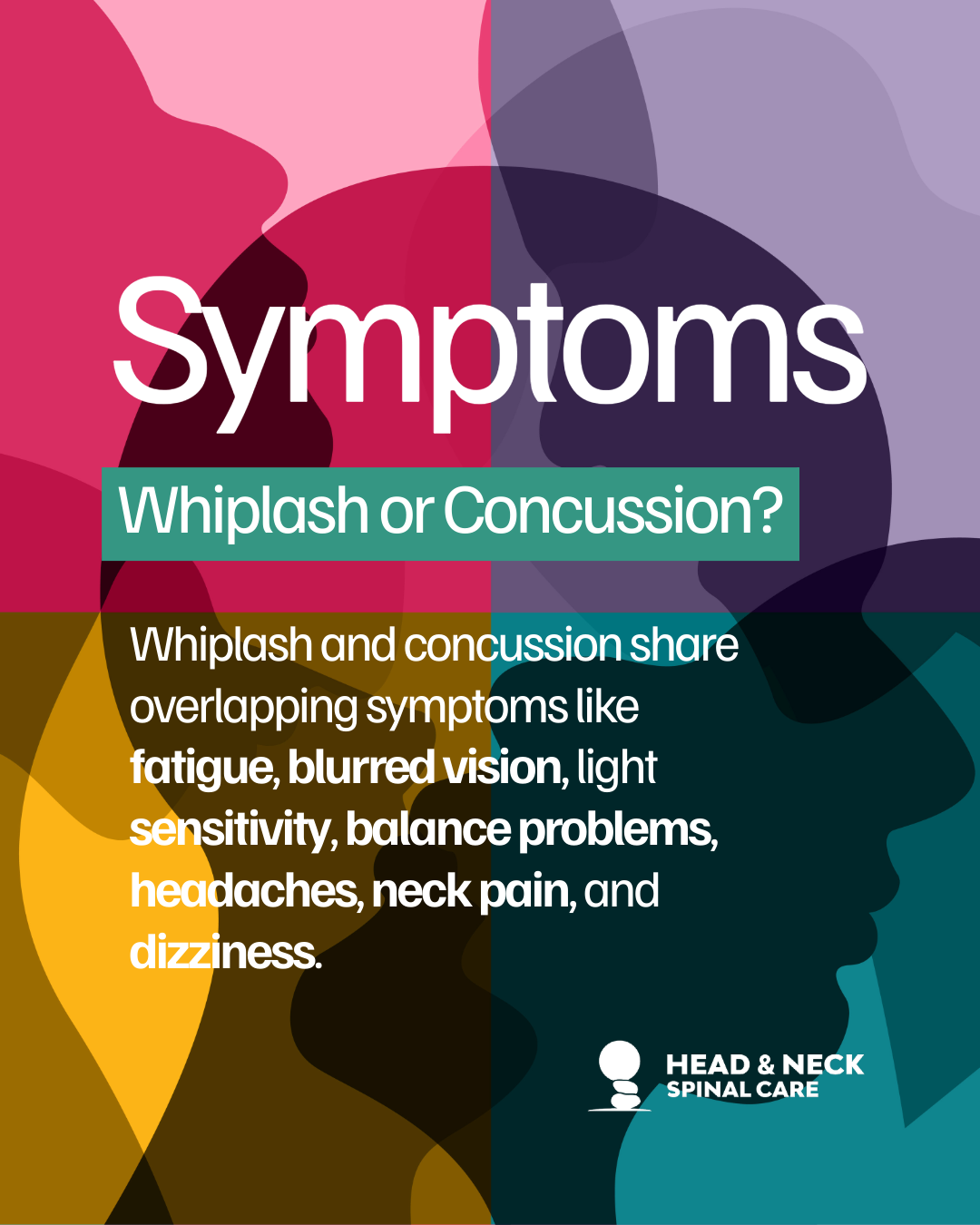Understanding Different Types of Headaches: Tension-type vs. Migraines
Headaches are a common medical complaint experienced by many individuals worldwide. There are different types of headaches, each with its own unique characteristics, causes, and treatment options. Understanding the differences between these types of headaches is important in properly identifying and managing them. Tension-type headaches, migraines, cluster headaches, and sinus headaches are among the most common types of headaches that individuals experience. In this context, we will explore the characteristics and management of these different types of headaches, providing insights into the key differences between them.
4 Common Types of Headaches
There are several types of headaches, and they can be classified based on their causes, symptoms, and location. Here are some of the most common types of headaches:
- Tension headaches: These are the most common type of headache and are caused by muscle tension in the neck and scalp. They typically cause mild to moderate pain and a feeling of tightness around the head.
- Migraines: Migraines are a type of headache that causes moderate to severe throbbing pain, often on one side of the head. They are typically accompanied by other symptoms such as nausea, sensitivity to light and sound, and visual disturbances.
- Cluster headaches: Cluster headaches are a rare type of headache that cause intense, burning pain on one side of the head, usually around the eye. They often occur in cycles, with frequent attacks followed by periods of remission.
- Sinus headaches: Sinus headaches are caused by inflammation in the sinus cavities, and the pain is often felt in the forehead, cheeks, and nose. They are typically accompanied by other symptoms such as congestion, pressure, and discharge.
Tension-type Headaches vs. Migraines
Tension-type headaches (TTH) and migraines are two of the most common types of headaches experienced by individuals. While both types of headaches can cause significant discomfort and pain, they have distinct differences in their presentation, underlying causes, and treatment options.
Tension-type headaches are typically characterized by a mild to moderate level of pain that is typically felt on both sides of the head. The pain is often described as a dull, aching sensation that feels like pressure or tightness around the forehead, temples, or back of the head. They can also feel like a band or vice is squeezing the head. People often describe tension-type headaches as feeling like a tight band around their head. Tension-type headaches can last anywhere from 30 minutes to several days, and they can be triggered by a variety of factors, including stress, fatigue, poor posture, or lack of sleep.
In contrast, migraines are more severe headaches that are typically characterized by a throbbing or pulsing pain on one side of the head. Migraine pain is often accompanied by other symptoms, including sensitivity to light and sound, nausea, and vomiting. Migraines can last anywhere from a few hours to several days, and they can be triggered by a variety of factors, including hormonal changes, certain foods, or environmental factors. The key difference is that it can last for several hours or even days, and can be severe enough to interfere with daily activities.
The Key Relationship Between Headaches and Brainstem Functions
The brainstem is a crucial component of the central nervous system and plays a vital role in regulating many of the body’s essential functions, including heart rate, breathing, and blood pressure. It also serves as the gateway for transmitting sensory information from the body to the brain. Headaches, particularly migraines, are believed to be related to dysfunction or irritation of the brainstem. The trigeminal nerve, which is responsible for sensation in the face and head, connects to the brainstem and is thought to play a role in migraine pain. Additionally, the brainstem has been implicated in the regulation of serotonin, a neurotransmitter that plays a role in the development of migraines. Research into the relationship between headaches and the brainstem is ongoing, and understanding this complex interplay may lead to improved treatment options for individuals who suffer from chronic headaches.





